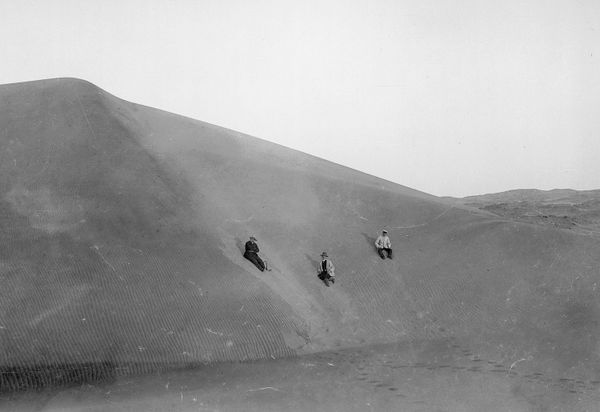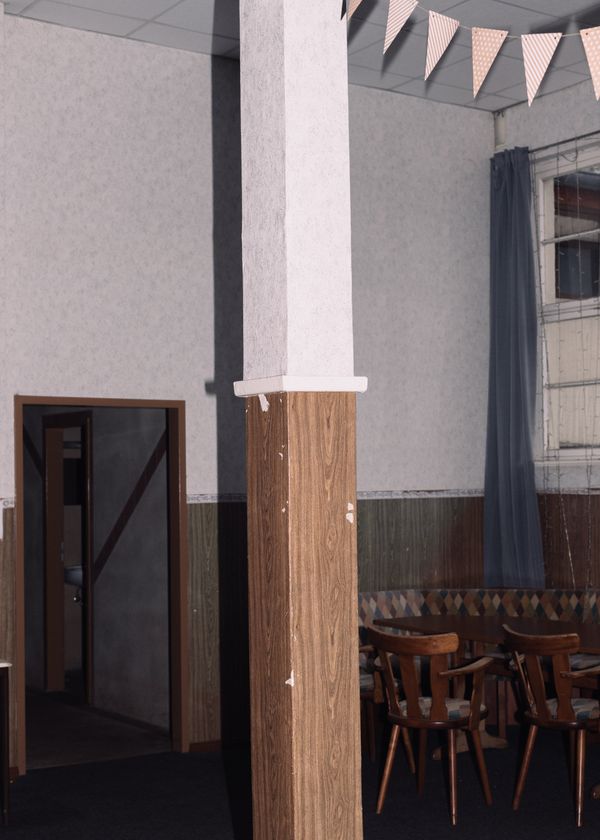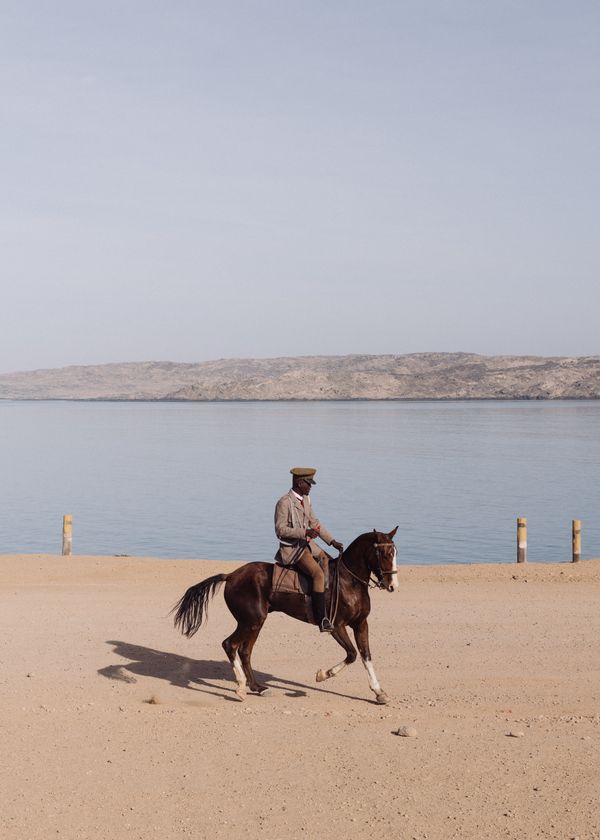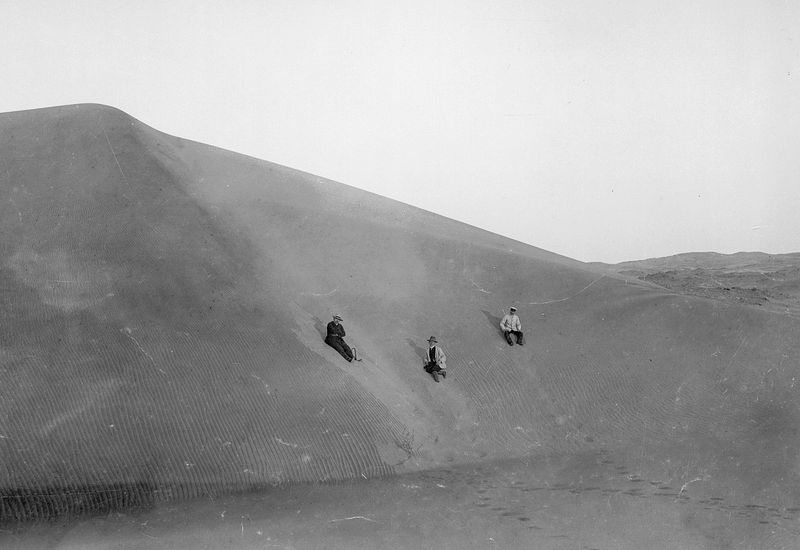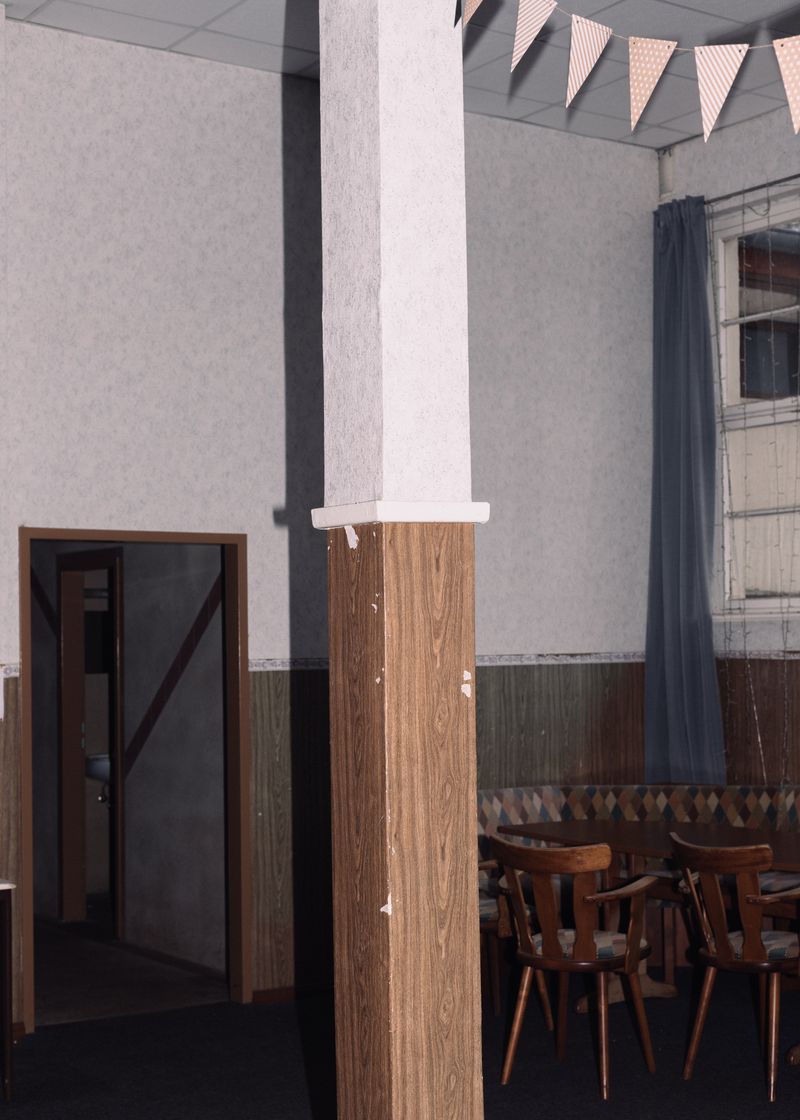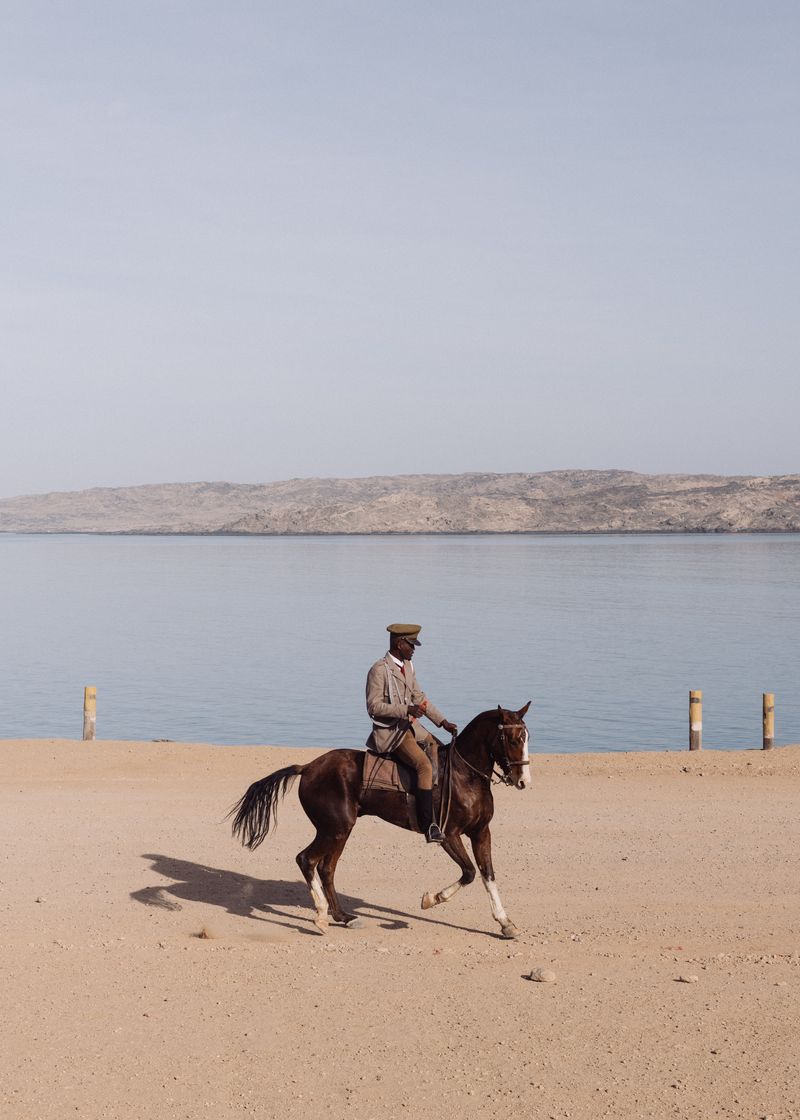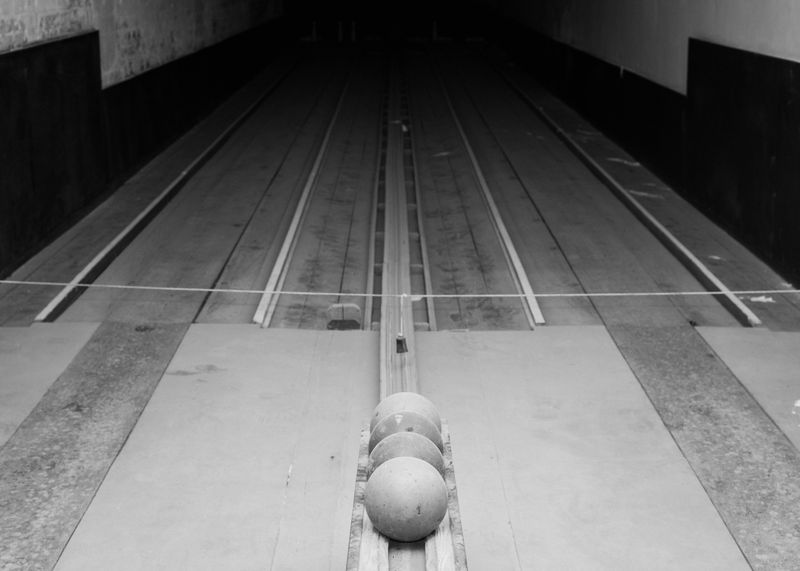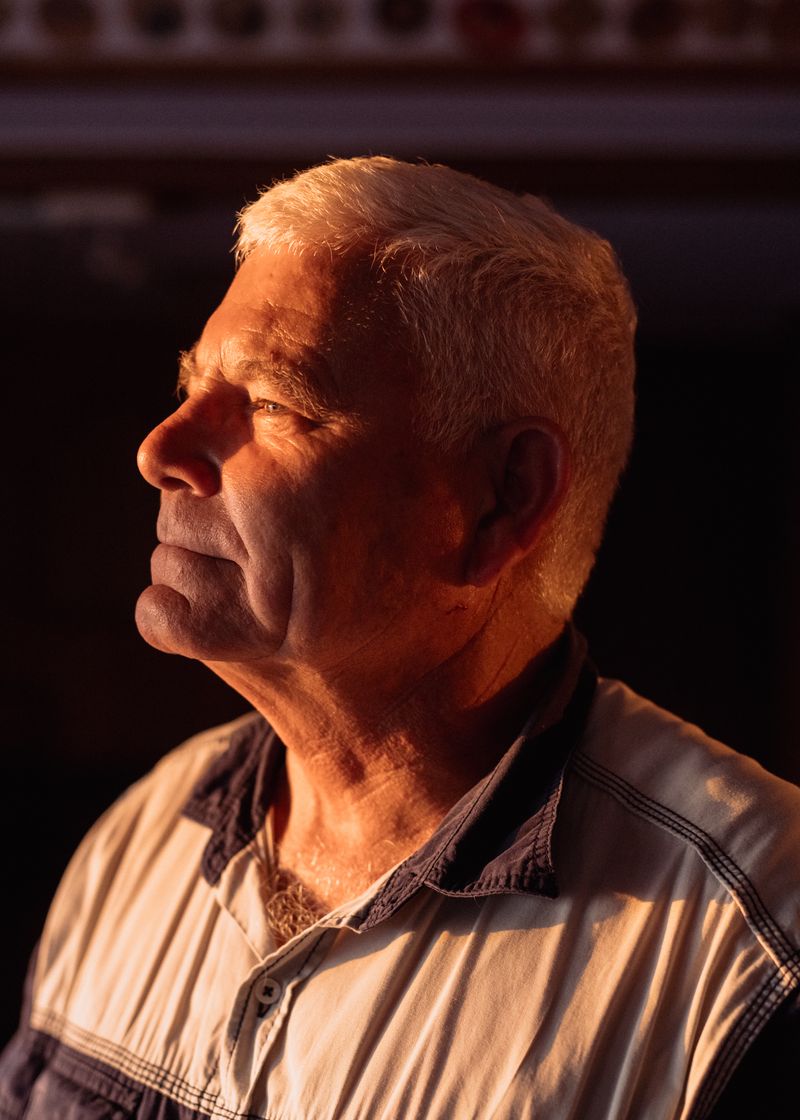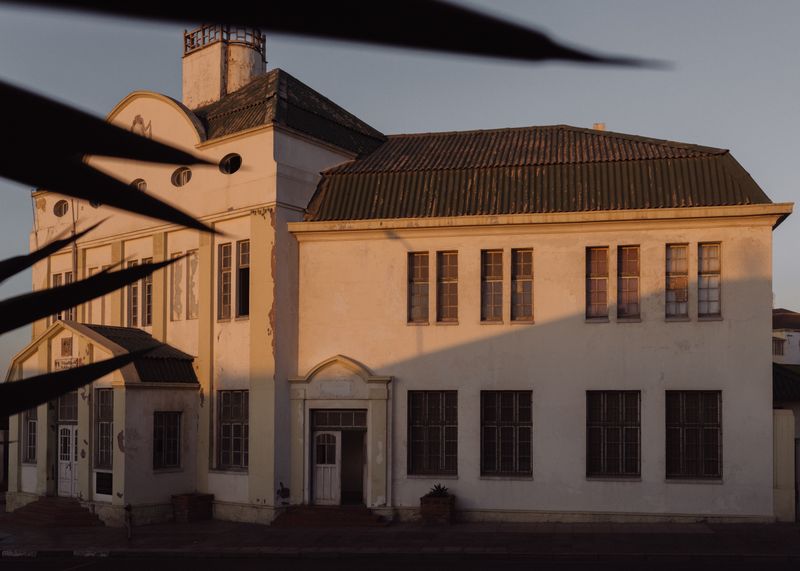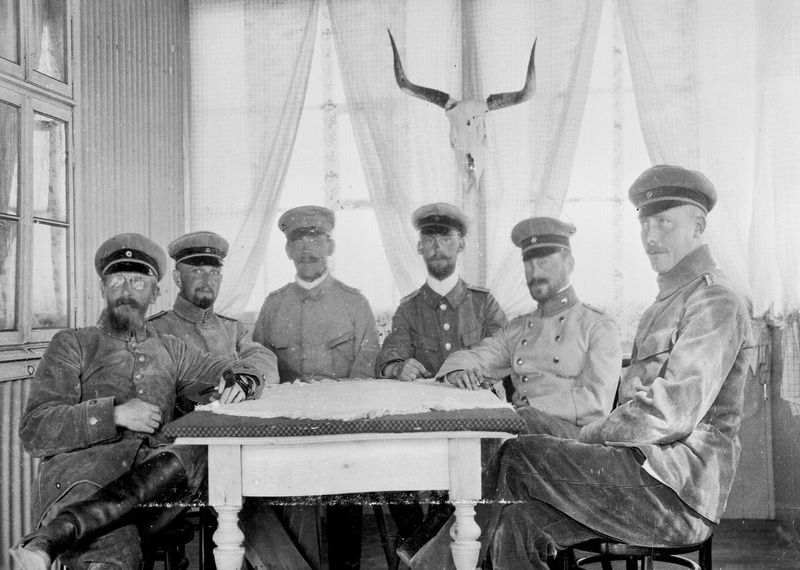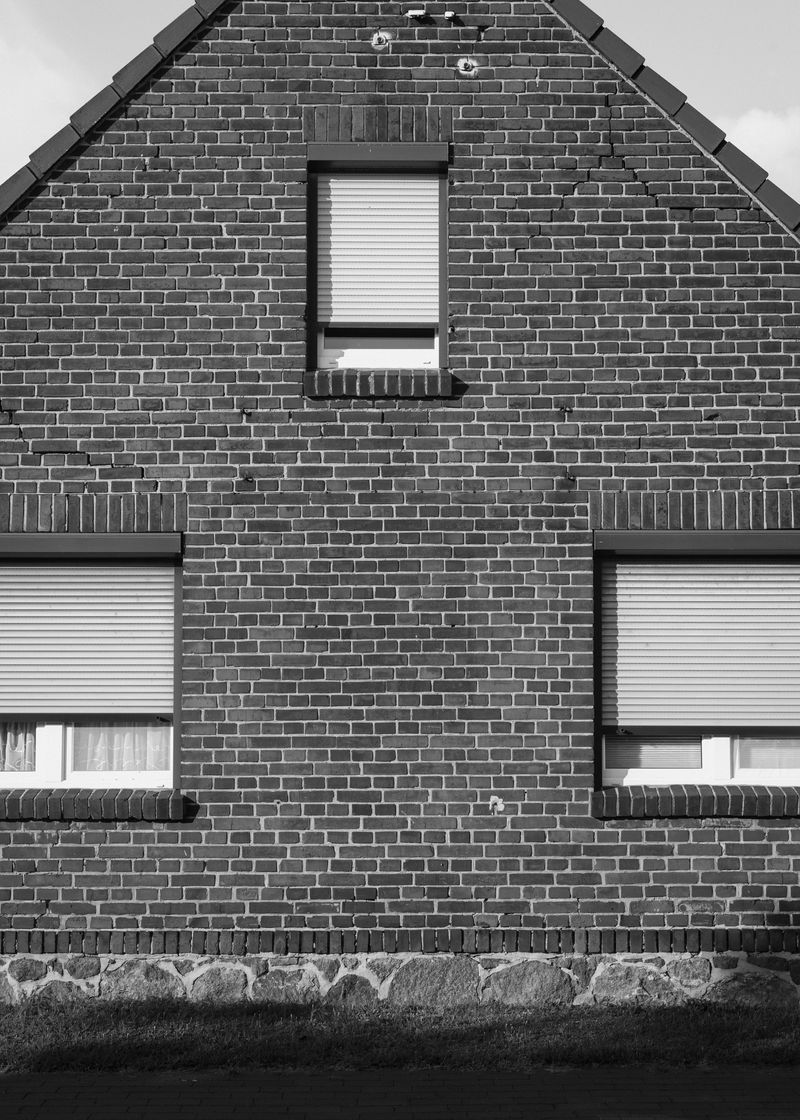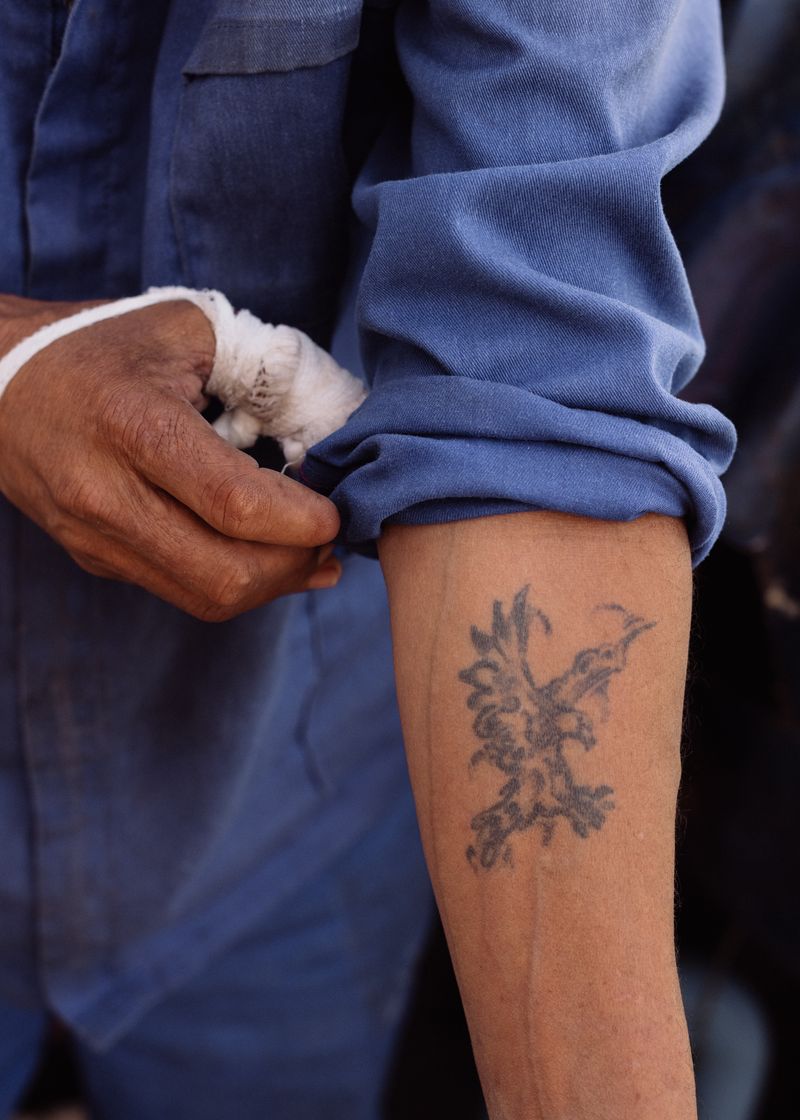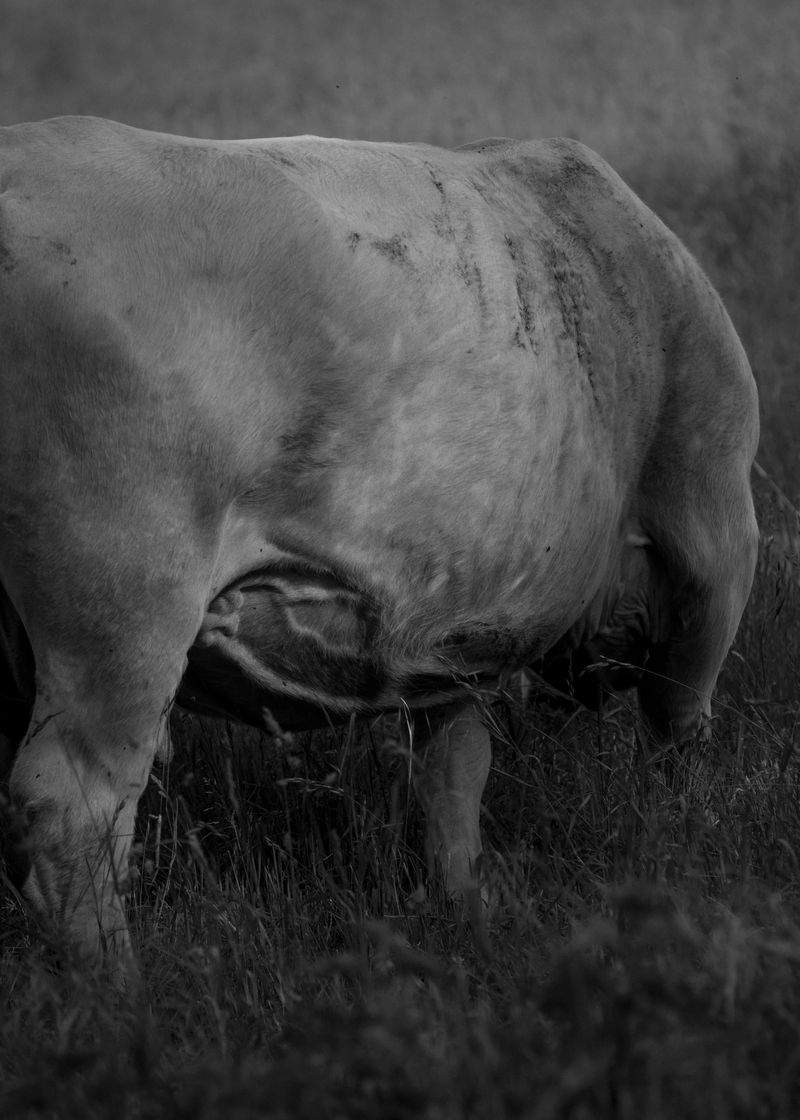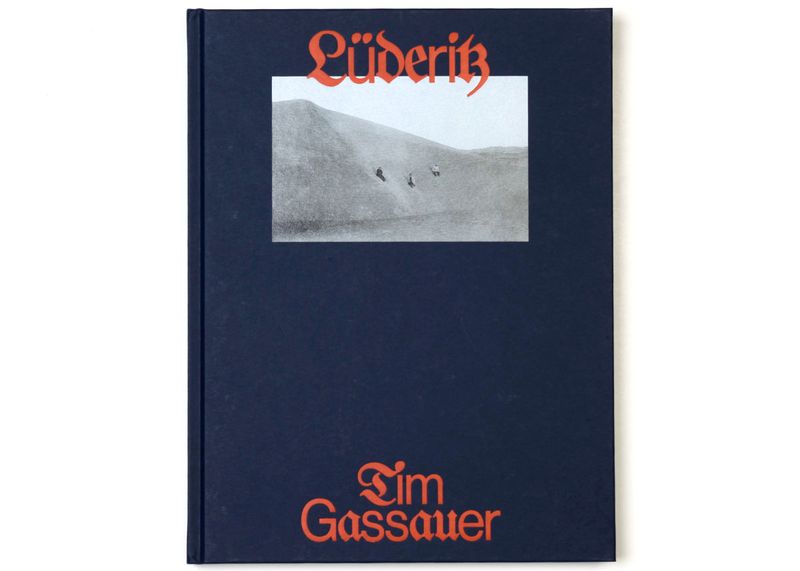Lüderitz
-
Dates2022 - 2024
-
Author
- Locations Luderitz, Lüderitz
-
Recognition
"Lüderitz" deals with the period of German colonialism in Namibia by photographically linking two places that share the same name and yet are 12,000 kilometers apart: Lüderitz in the center of Germany and Lüderitz on the Atlantic coast of Namibia.
The work Lüderitz is set in two locations roughly 12,000 kilometers apart that share the same name: Lüderitz in central Germany and Lüderitz in southwestern Namibia. The former is the place of origin of the von Lüderitz family, from which the merchant Adolf Lüderitz later emerged. In 1883, he laid the foundation for the consequential colonization of what is now Namibia by fraudulently acquiring land. The starting point was a place named after him: Lüderitz. From then on, this was to become a new home for German settlers who followed colonial promises of wealth and living space to what was then known as "German South West Africa." Until 1915, the territory was under the violent “protection” of the German Reich—simultaneously a site of vast diamond deposits and the scene of the first genocide of the 20th century.
Lüderitz weaves together excerpted, highly condensed shots of landscapes, architecture, and portraits with archival photographs. Images of colonial-era buildings set against barren rock formations are juxtaposed with rural village scenes, creating overlays and connections that renegotiate the relationship between German concepts of Heimat (home) and Namibia's violent colonial history. In this interplay between the two places, traces of the past, reflections of the (postcolonial) present, and foreshadowings of the future become visible. The result is a visual impulse for multidirectional remembrance, in which the past remains active and perceptible within the present.
Edition: 100
Hardcover, 162 Pages, 20 x 26 cm
German and English
Text Contributions: Werner Hillebrecht, Lucia Halder
Design: Marlen Kaufmann
Printed in Germany, 2024
